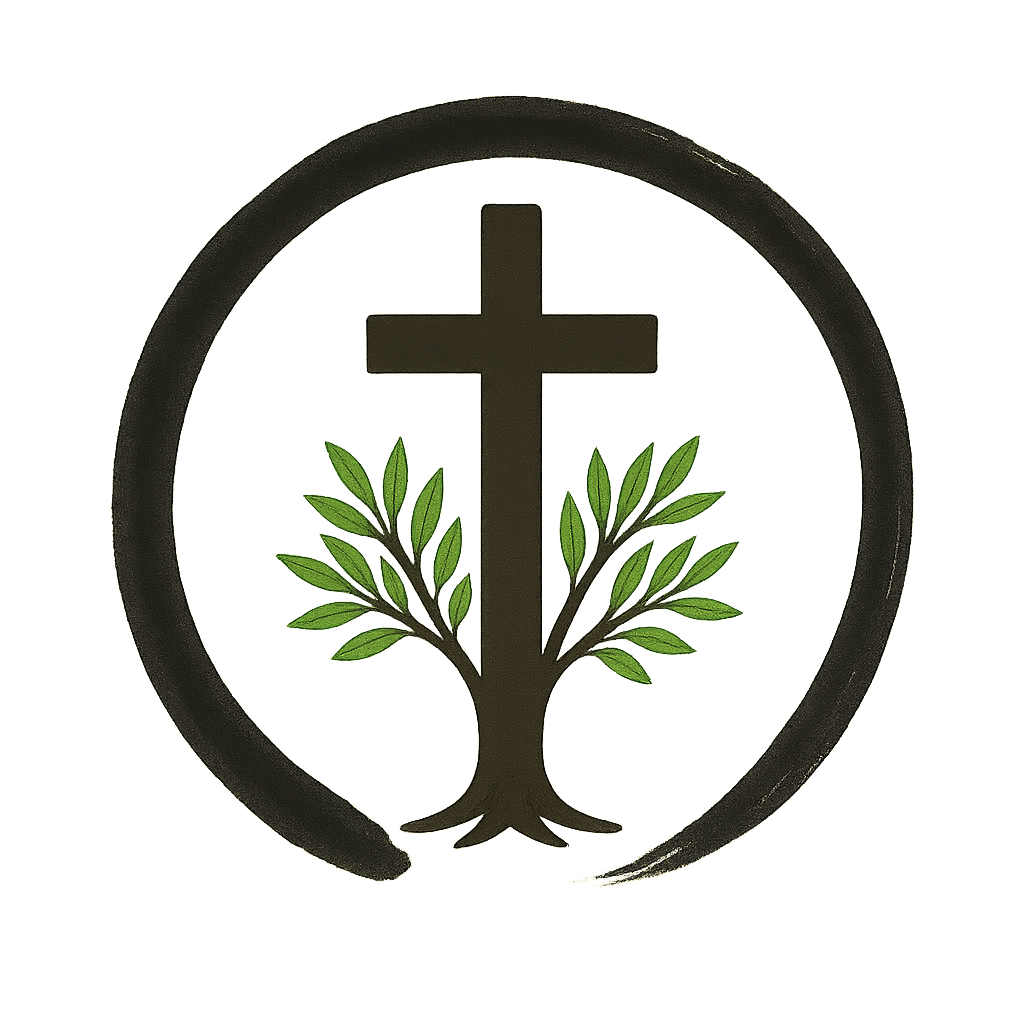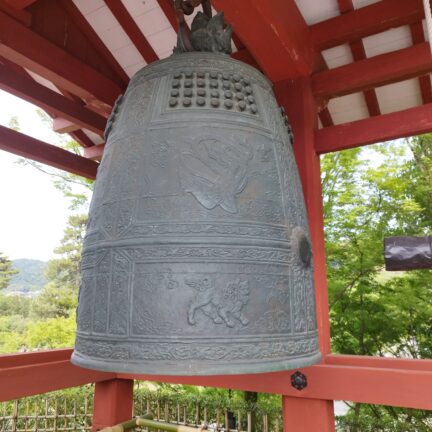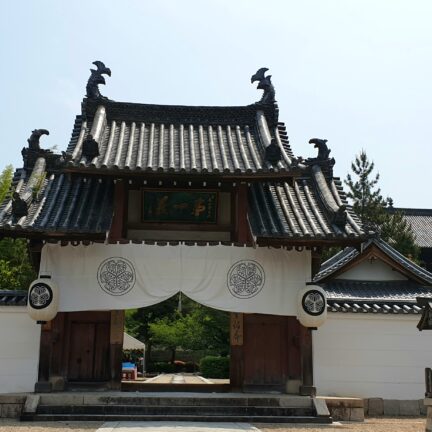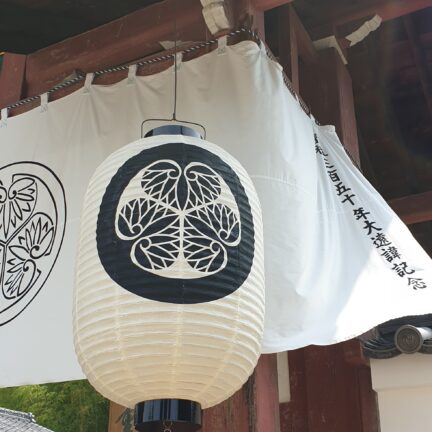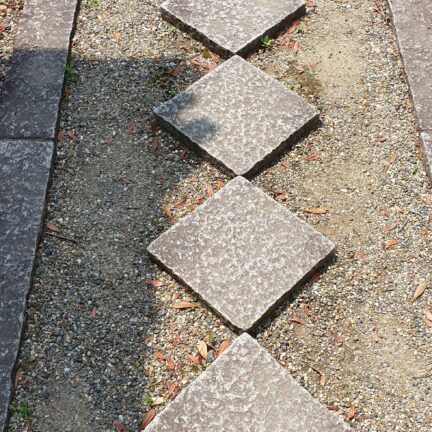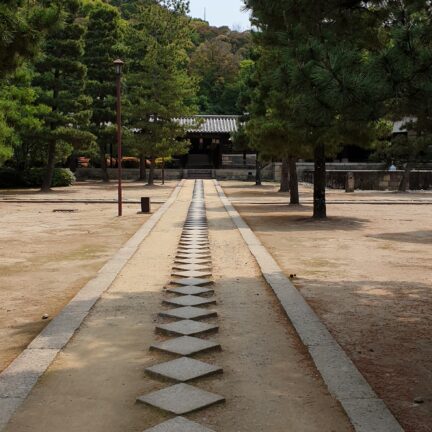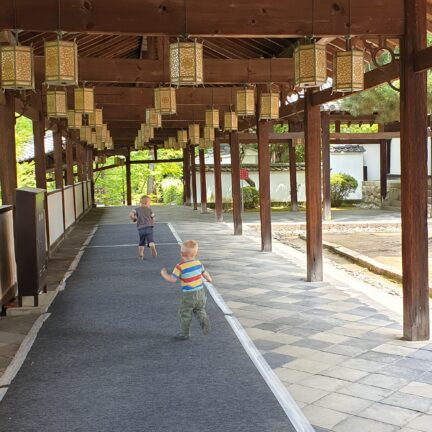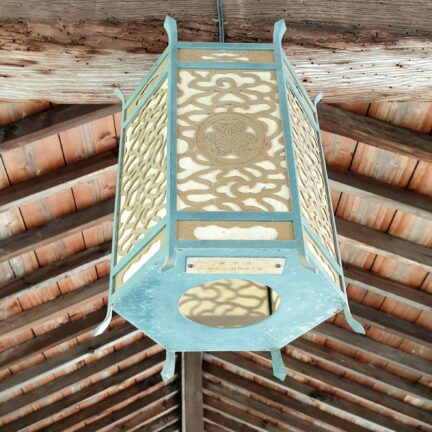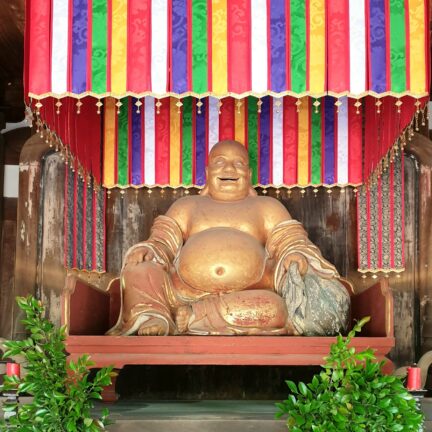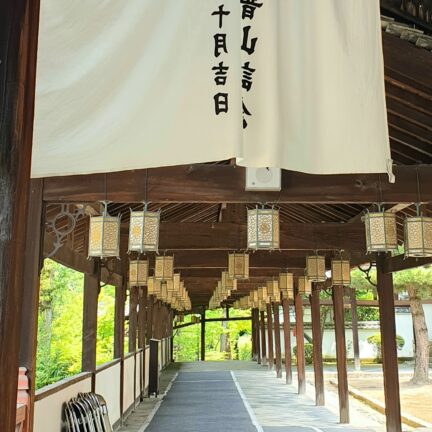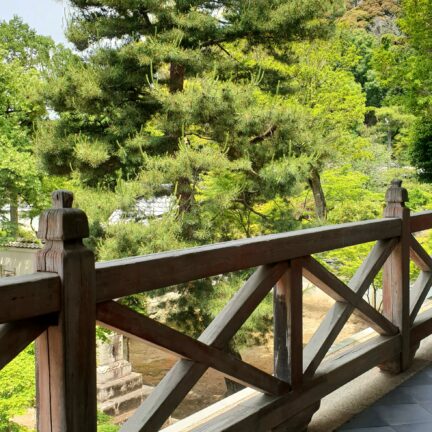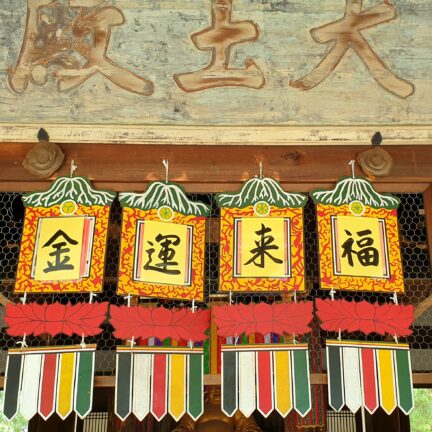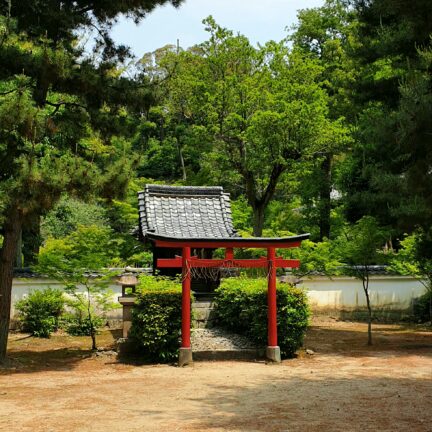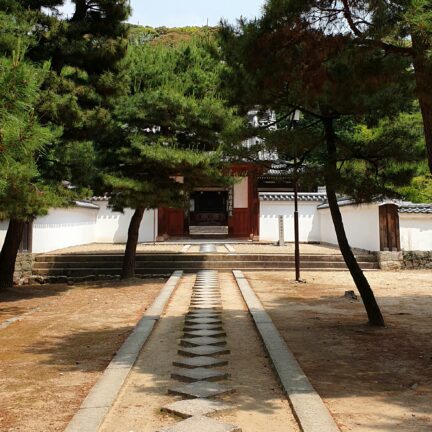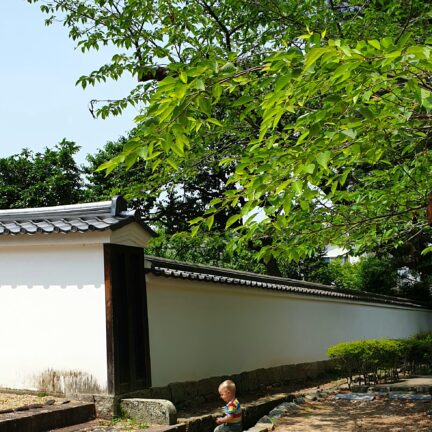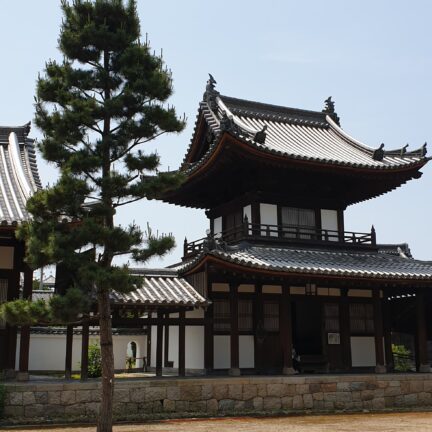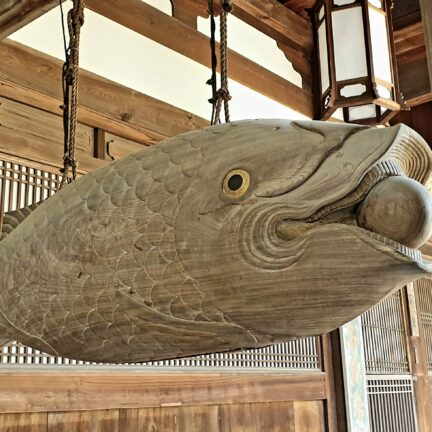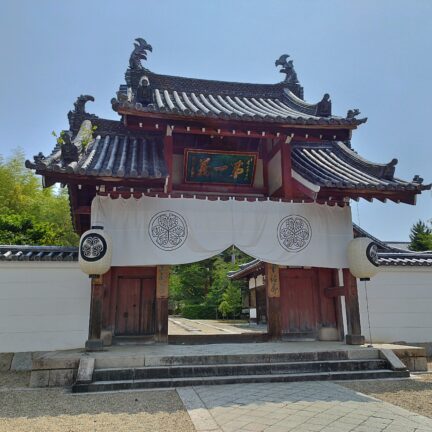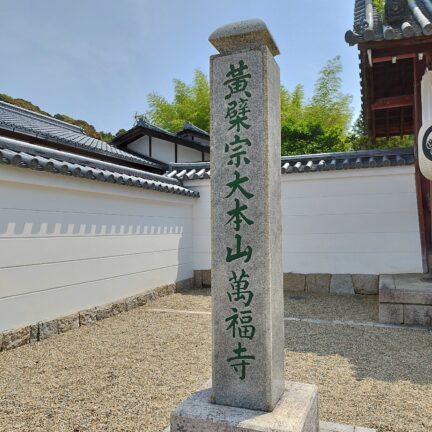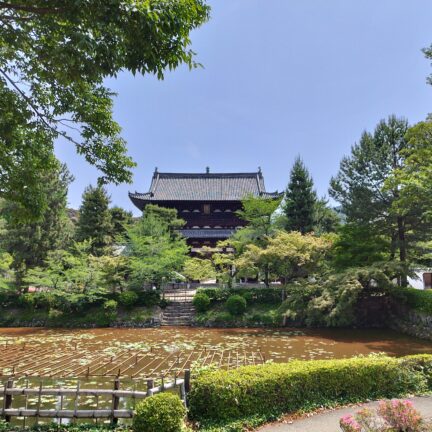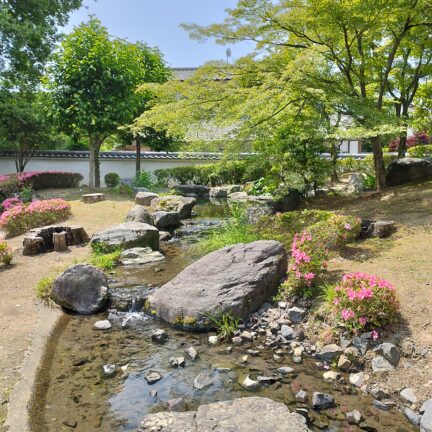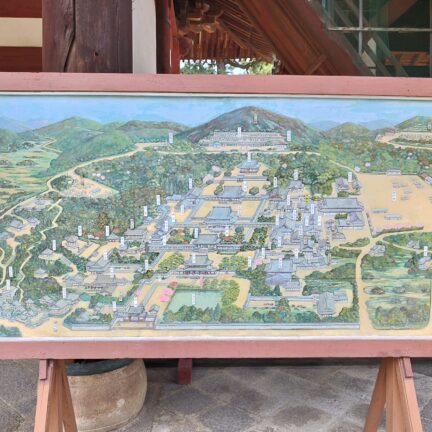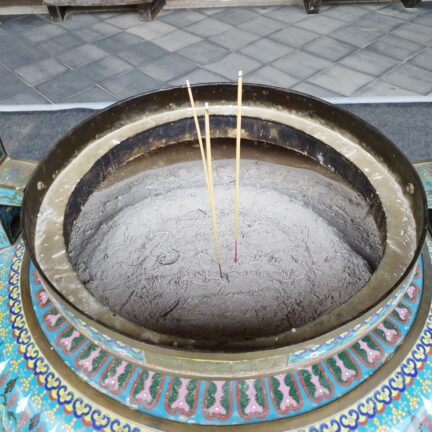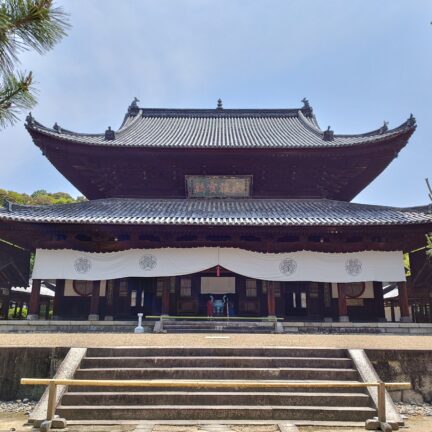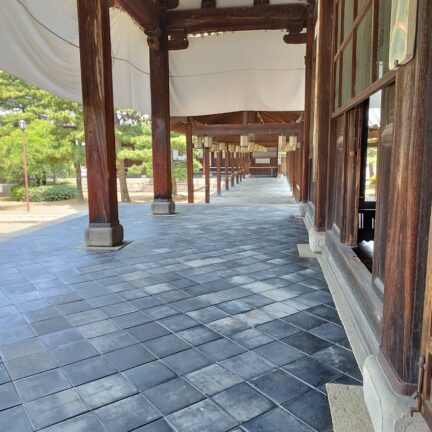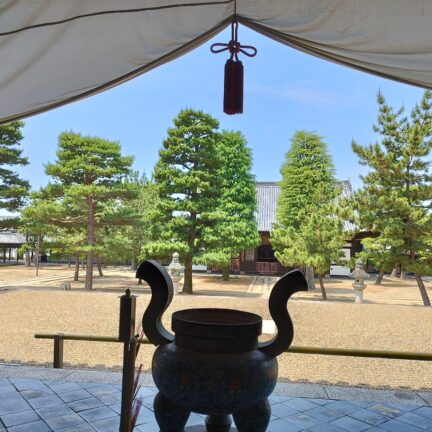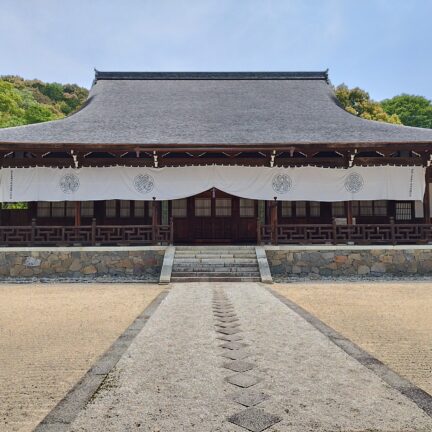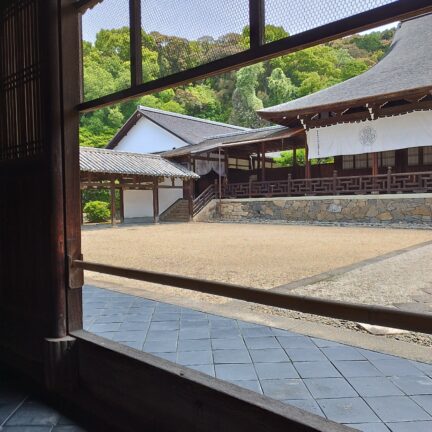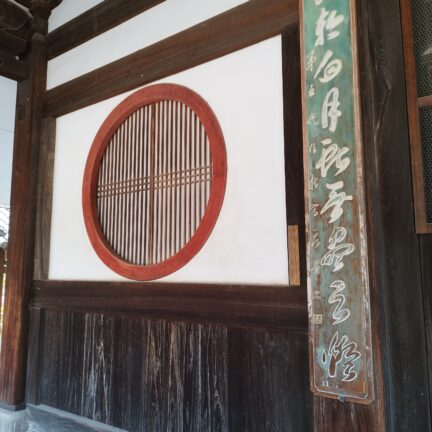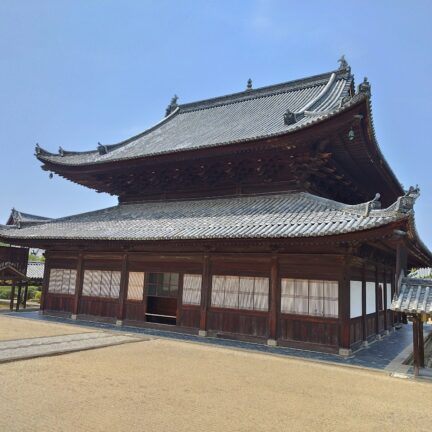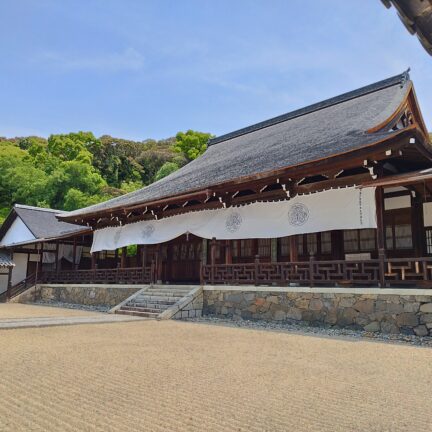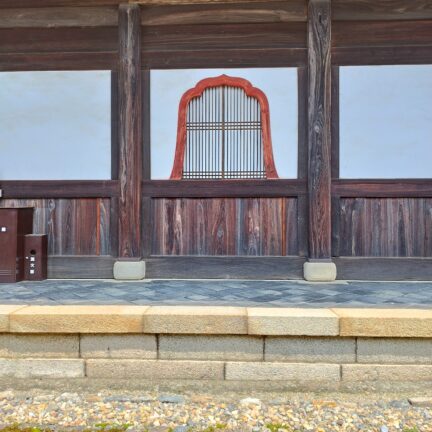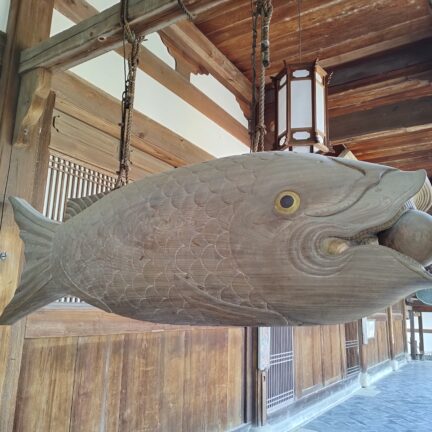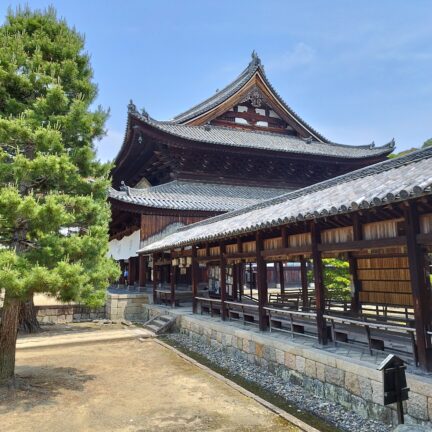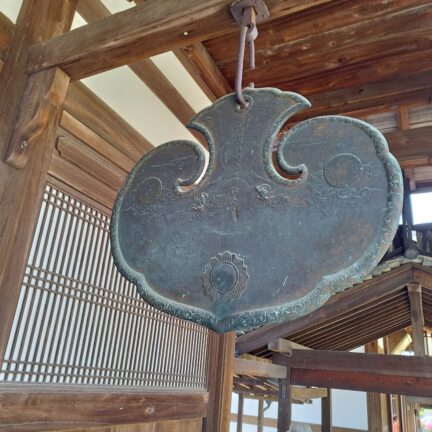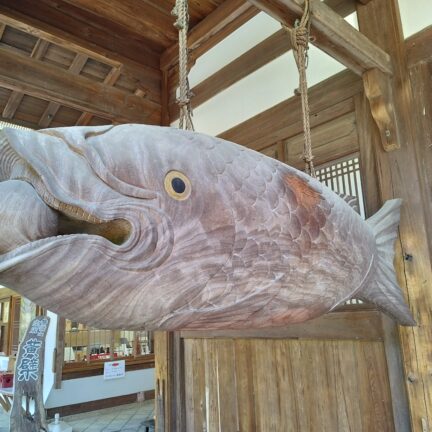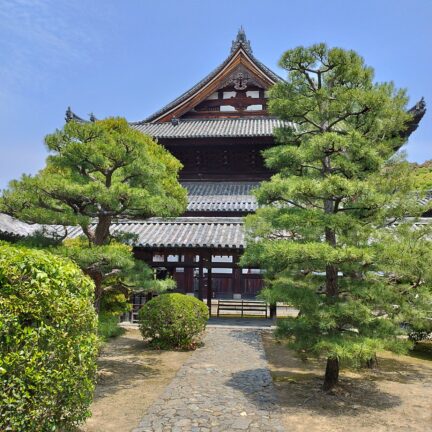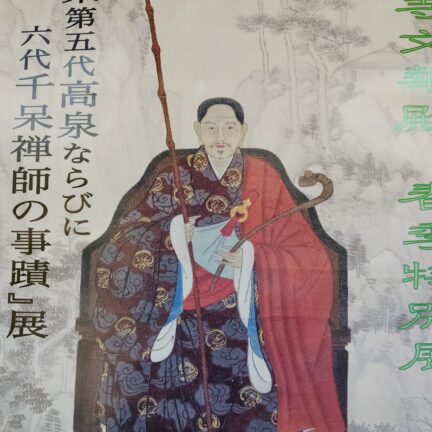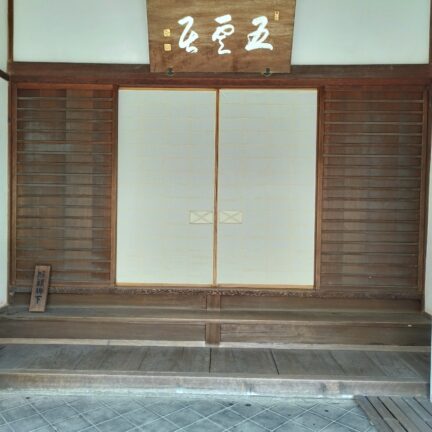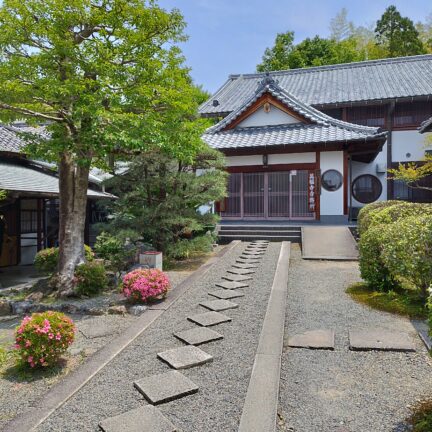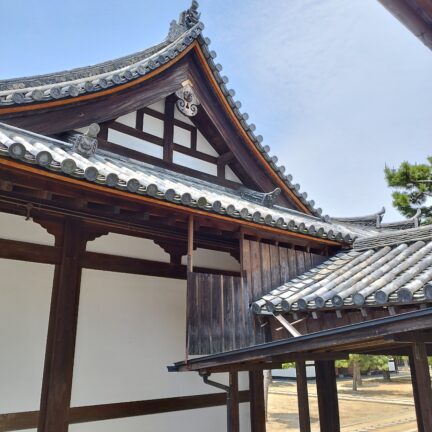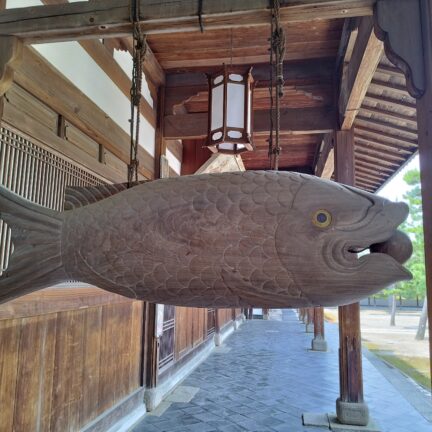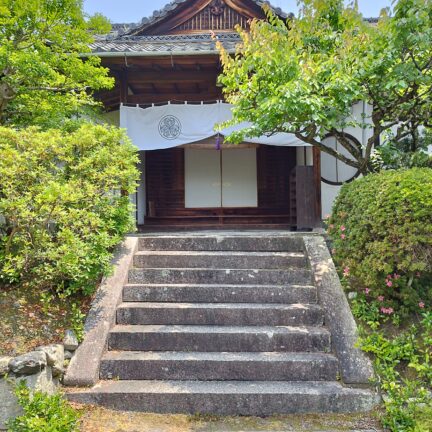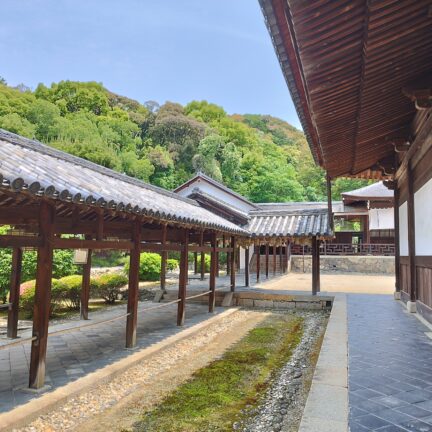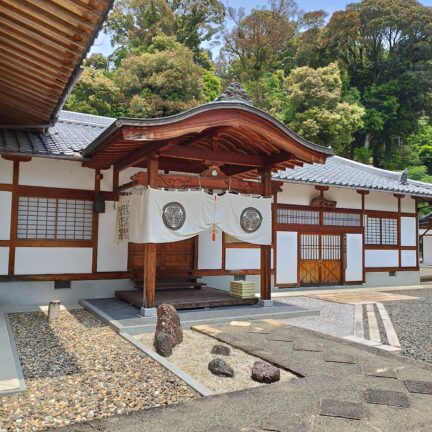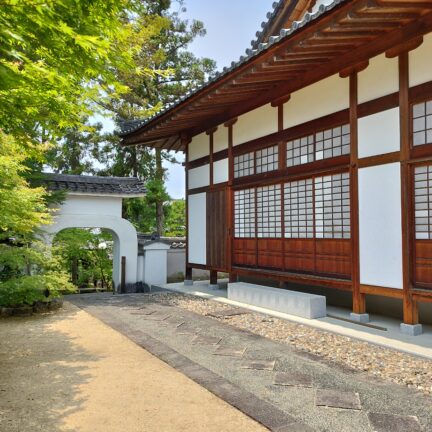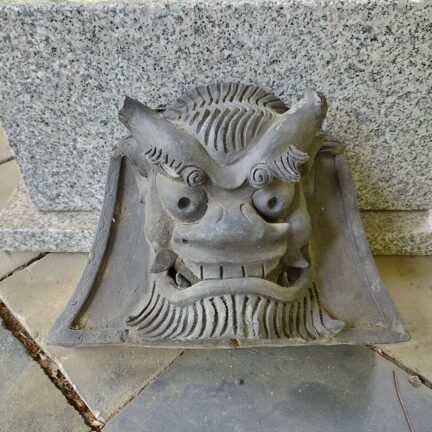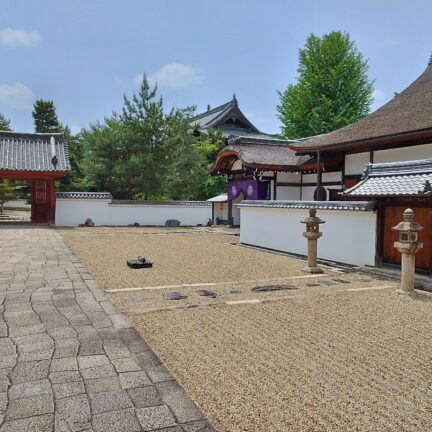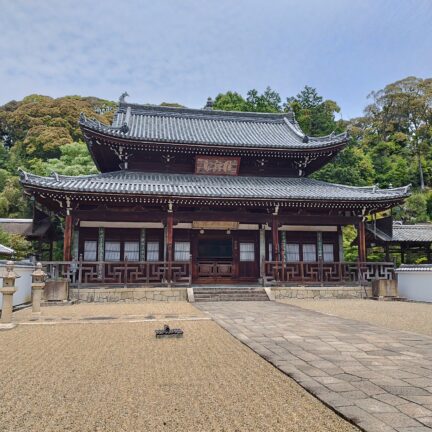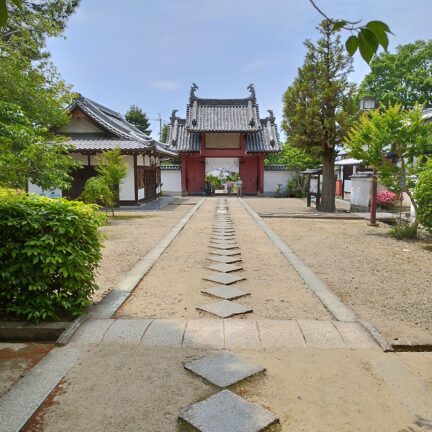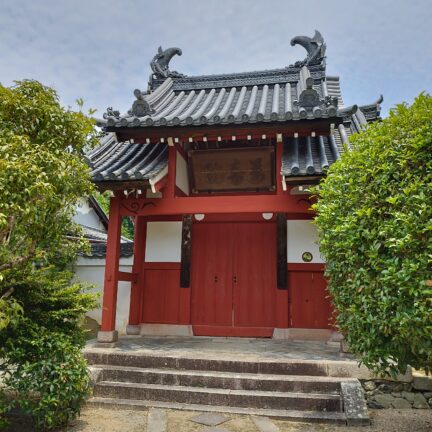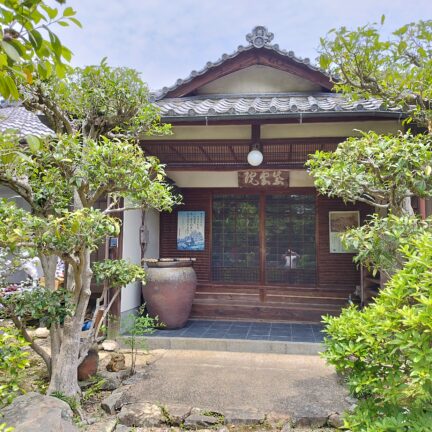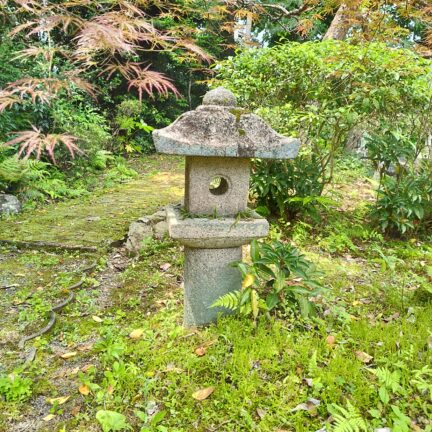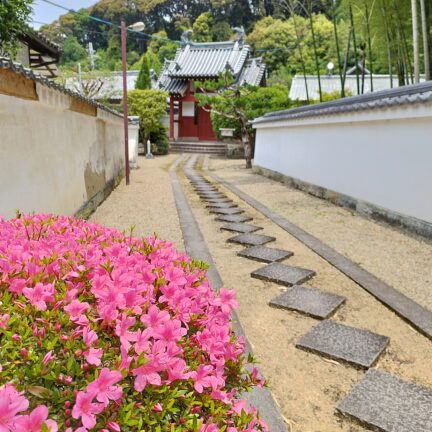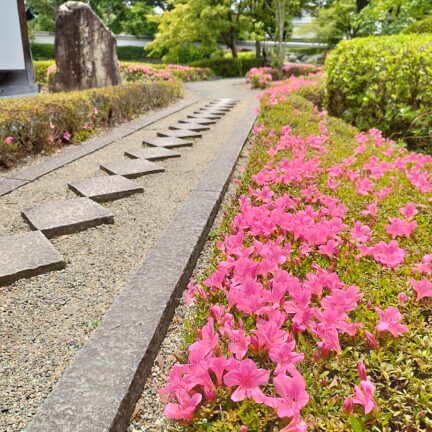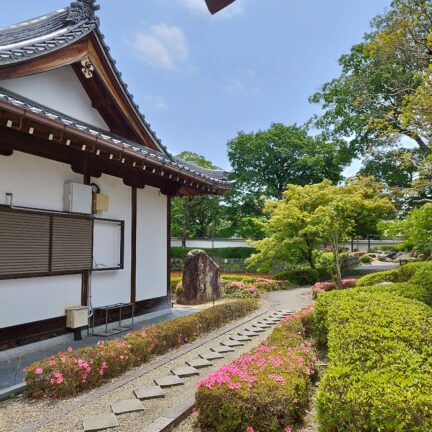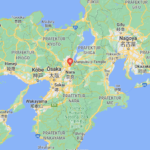Manpukuji Obaku Zen School – Uji – Japan – Through the gateless Gate, you have to go!
An ancient Zen Buddhist temple called Wanfu Temple is located on Mount Huangbo in Fuzhou, Fujian Province, China. Its abbot Yinyuan Longqi, known as Ingen Zenji (Zen Master Ingen) in Japanese, visited Japan and founded Obaku-san Manpukuji in Uji, Kyoto in 1661. Manpuku-ji was built from Sumatran teak and is an absolutely rare one Japanese temple as it is in very good condition and most of the buildings are designated as Important Cultural Property.
Obaku-San Manpukuji Zen Monastery - Japan - 黄檗山萬福寺
Manpuku-ji Temple has a Zen meditation hall of the Obaku Zen school. Zen meditation and dharma talks are offered. In addition, it is a place to learn the life, culture, manners, etc. of a strict Zen training hall on a fixed schedule.
Ingen Zenji
Ingen was born in China in 1592 and was ordained a monk at the age of 29. He later became a very important figure in Chinese Zen Buddhism. Repeatedly asked from Japan, he finally came to Nagasaki at the age of 63. At that time Japanese Buddhism had become a mannerism, so it is said that many Buddhist priests heard the news of his arrival and gathered in Nagasaki. When Ingen Zenji received the worship of Emperor Go-Mizunoo and Shogun Tokugawa Ietsuna, he was offered a piece of land Uji. Instead of returning to China, he decided to found Obaku-san Manpukuji and eventually made Japan his permanent home. Ingen Zenji brought many things to Japan, such as art, medicine, architecture, music, history, literature, printing, sencha green tea, Buddhist cuisine and so on.
Kaipan
Kaipan is in the form of a fish that always lives with its eyes open. This is because he is the symbol of hard monastic training with short sleeps. In addition, the spherical object it holds in its mouth symbolizes Bon-No (all kinds of evil). Mental states that cloud the mind.) Hitting the kaipan's back means releasing Bon-No from the stomach.
